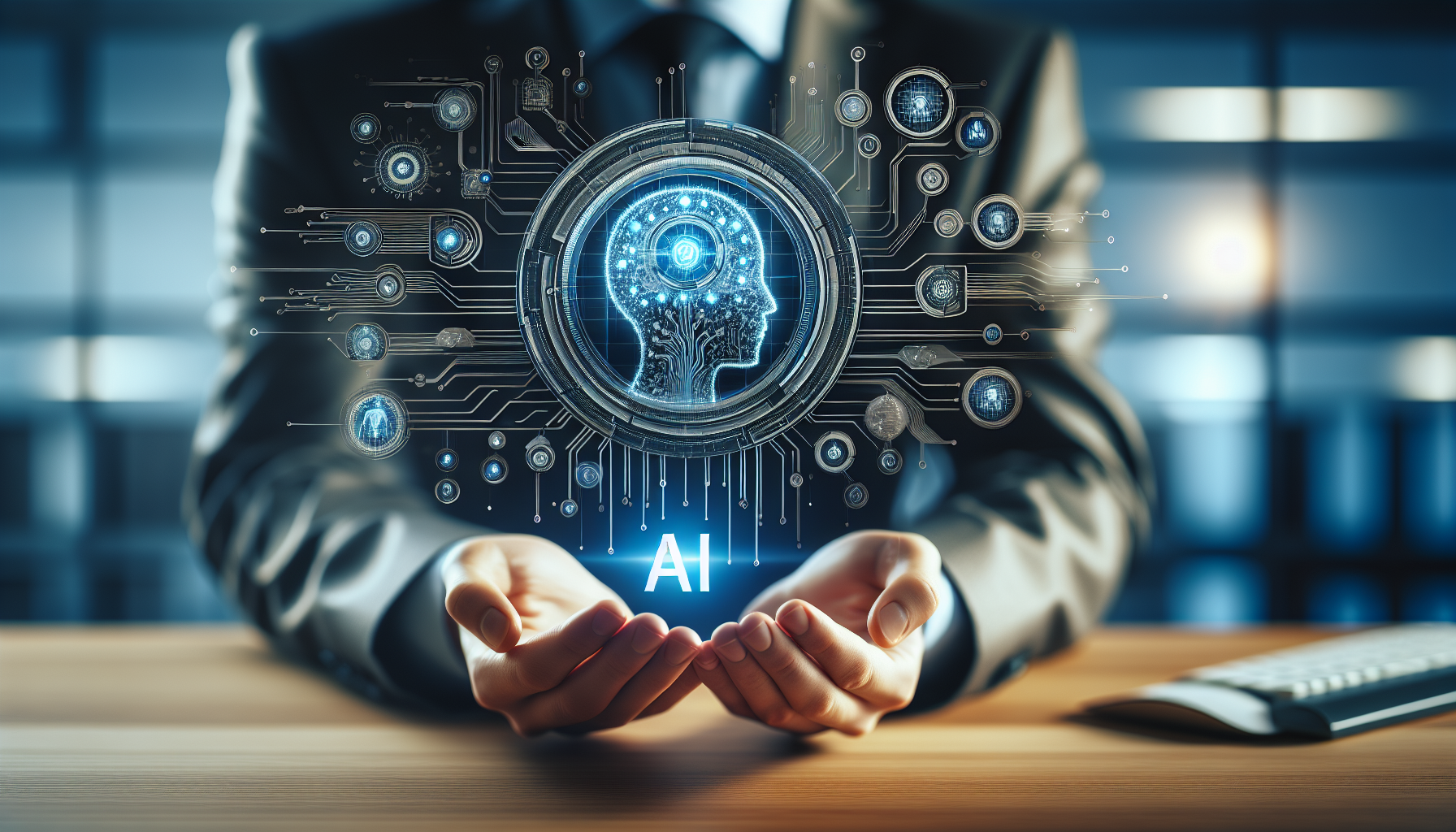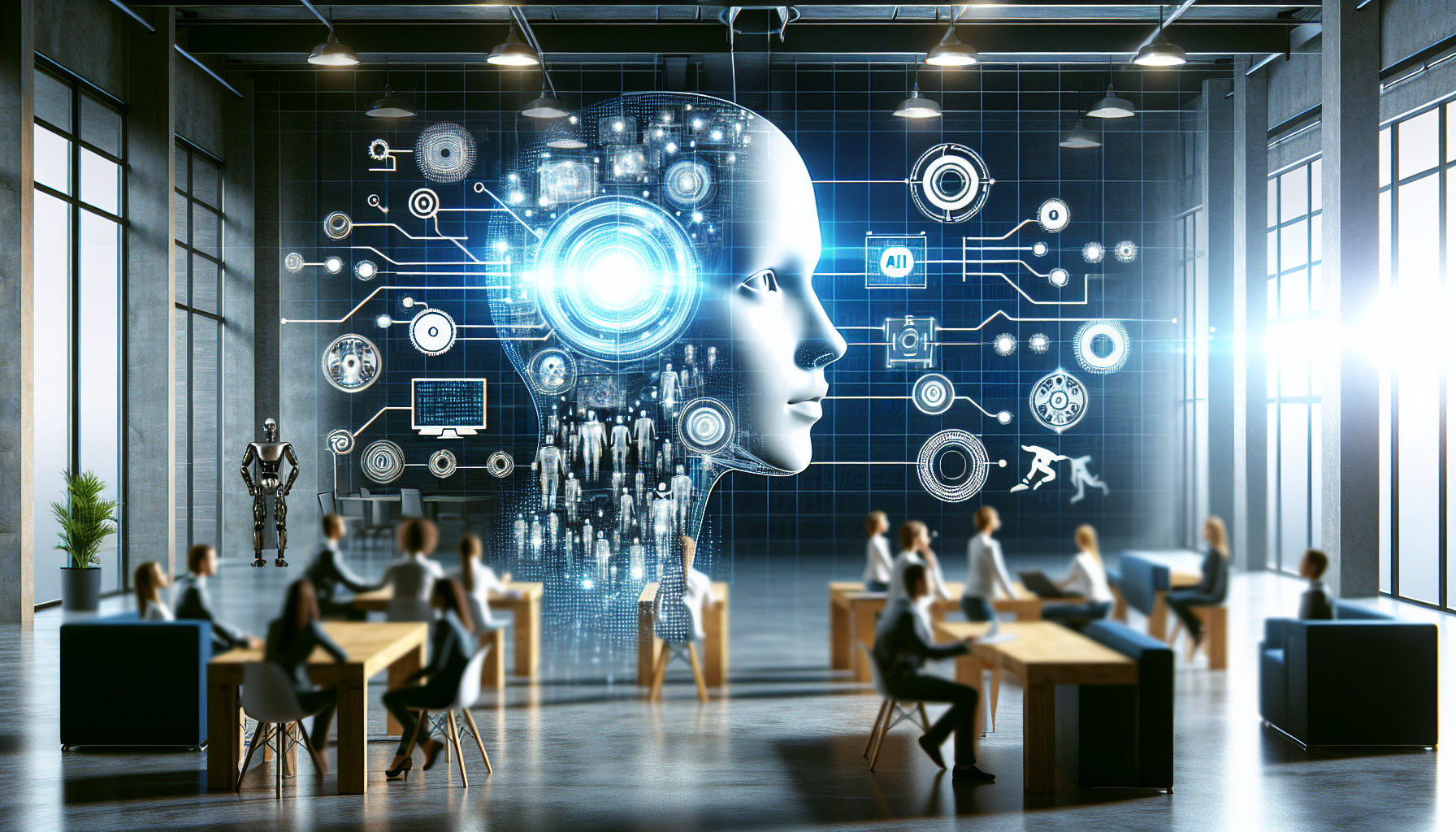
AI in the Fashion Industry: Trends, Innovations, and How to Navigate the Hype
November 16, 2025
Artificial Intelligence has carved a niche in the fashion industry, promising to revolutionize everything from design to retail. Yet, amid the buzz and the bold claims, one must ask: How much of this transformation is genuine innovation, and how much is just hype? As we explore this landscape, we'll dissect the real trends and innovations while offering a critical guide on navigating AI's impact on fashion.
While AI's potential in fashion is often hyped by tech evangelists, the reality is more nuanced. Sure, AI can analyze vast swathes of data at lightning speed, but let’s not pretend it’s the panacea for all of fashion's woes. The industry has been quick to latch onto AI for its predictive capabilities, with brands using algorithms to forecast trends, optimize supply chains, and personalize shopping experiences. However, the effectiveness of these applications is often overestimated, with results that can be hit or miss.
Take trend forecasting, for instance. AI's ability to sift through social media chatter and e-commerce data is impressive, yet it raises questions about creativity and originality. By its nature, AI relies on existing data, which could lead to a homogenization of styles. Are we heading towards a fashion landscape where creativity is dictated by algorithms? This critical question should be on the mind of every fashion professional considering AI.
Moreover, the industry’s fixation on AI-driven personalization has its pitfalls. While AI can offer product recommendations based on past purchases, it often fails to capture the nuanced preferences of individual consumers. It’s one thing to suggest a pair of shoes based on previous buys; it’s quite another to understand the subtle shifts in a customer's style over time, something that currently remains outside AI’s grasp. Businesses must ask themselves whether the cost of implementing such technology is justified by the returns.
For designers and brands eager to embrace AI, it's crucial to understand the technology's limitations. AI excels at optimizing processes but struggles with the subjective, creative aspects that define fashion. Thus, while AI can aid designers by predicting which colors or cuts might be popular, it won't replace the creative intuition that leads to the next big trend. Designers need to treat AI as a tool, not a replacement for human ingenuity.
Retailers are rapidly adopting AI solutions to streamline operations, manage inventories, and enhance customer service. Automated chatbots and virtual assistants are becoming ubiquitous, yet their effectiveness is debatable. While these tools can handle routine inquiries, complex customer service issues still require human intervention. Brands must recognize that AI can complement, but not fully replace, the human touch that is essential in customer interactions.
Furthermore, while AI can optimize inventory management by predicting demand more accurately, it can also lead to ethical dilemmas. Fast fashion brands, in particular, might use AI to further accelerate production cycles, exacerbating environmental issues and labor exploitation. Industry leaders need to weigh the benefits of AI against its ethical implications, ensuring that technology adoption does not come at the expense of sustainability and fair labor practices.
For those in the fashion industry, the key to navigating AI is to maintain a balanced perspective. It’s crucial to critically assess the technology and avoid jumping on the bandwagon without a clear understanding of its implications. Companies should invest in AI with a strategic mindset, considering long-term goals rather than short-term gains.
In conclusion, while AI offers promising tools for the fashion industry, it's essential to approach these developments with a critical eye. The future of fashion lies not in blindly following technological trends but in integrating AI in a way that complements human creativity and ethical considerations. As we stand on the cusp of this AI-driven transformation, perhaps the most pressing question is: How can we harness AI to create not just smarter, but also more sustainable and humane fashion practices? This is a conversation that the industry must engage in, ensuring that technology serves as a catalyst for positive change rather than a mere gimmick.


